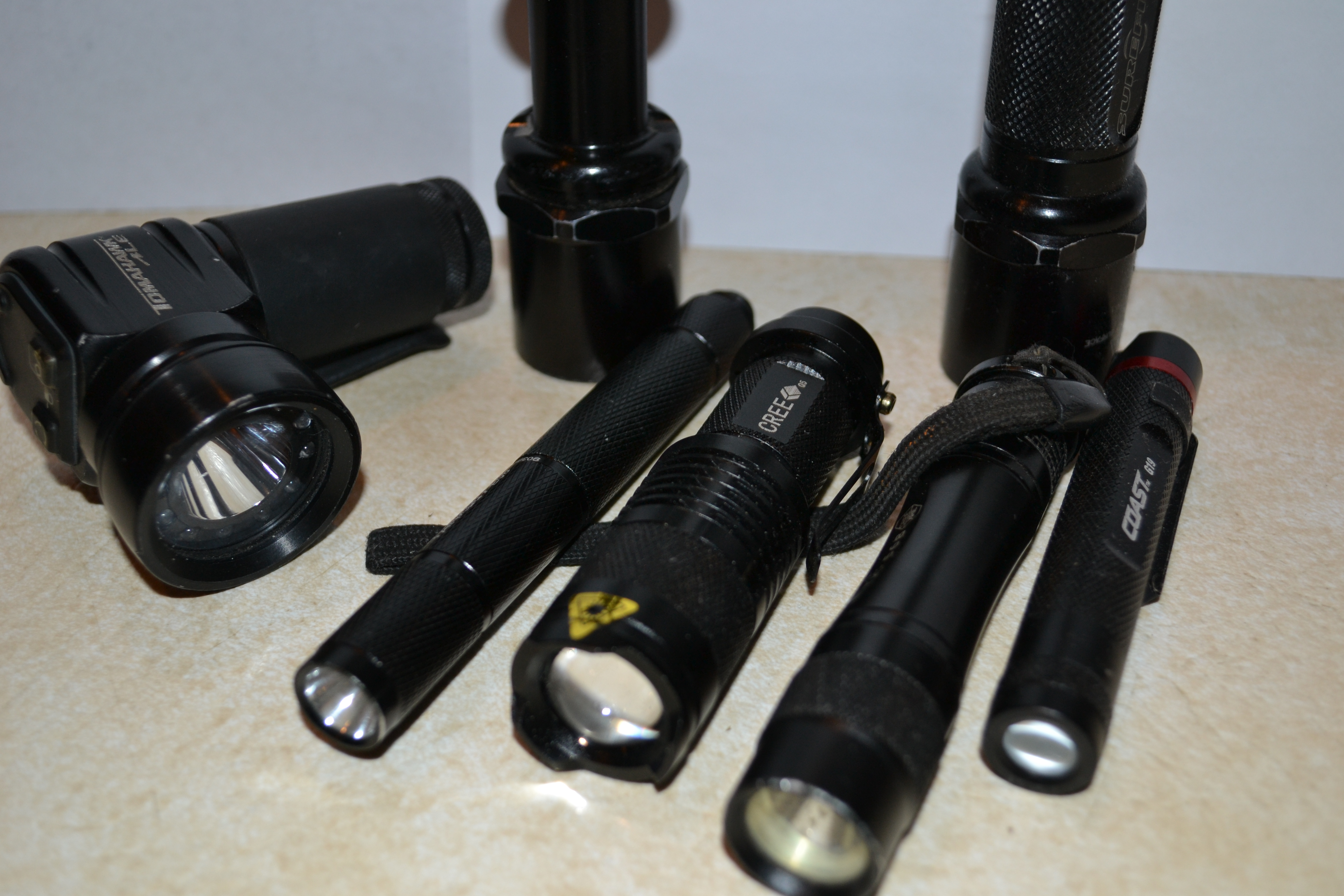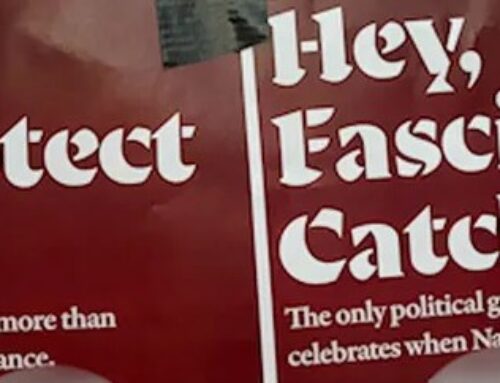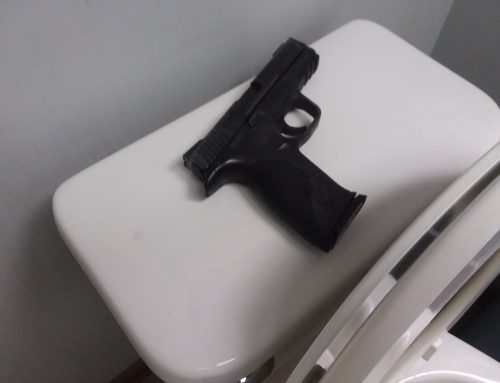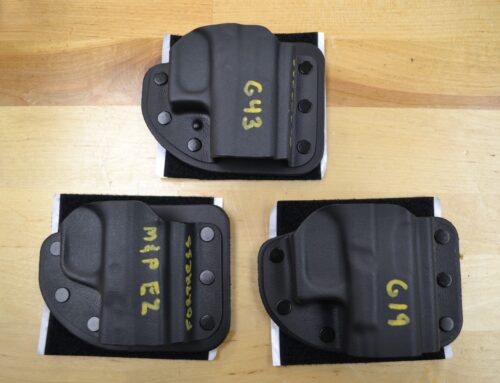“I’m not a violent criminal, but I do play one in Force-On-Force scenarios.” – Matt Ellison
I recently assisted instructing a Fortress Defense Force-On-Force training class, and portrayed a violent criminal numerous times throughout the day. One interesting thing about scenario-based training is what you can learn on both sides of the drills. Having access to a windowless building, we took advantage and ran multiple drills in low light, as is the common condition under which most violent attacks occur. The students all performed well despite being thrust into a few lose-lose situations. As the “attacker” I noticed one aspect that’s use was lacking, but when employed was exceptionally successful: flashlight technique.
I can almost hear the sighs as readers say to themselves “I have a flashlight, and it’s 10 million lumens!” …which will be all but useless if not used to full advantage.
Before I discuss flashlight technique, let me say that I am not a flashlight “expert”, but I have a vast amount of firsthand experience using lights and being on the receiving end of both good and bad flashlight technique.
With that out of the way I’ll start with the basics. First, the light must be bright enough to be effective; 120 lumens minimum; 200+ is recommended. Secondly, the light must be sized right for you to carry daily. Much like a pistol, a big, bright light is worthless if you don’t carry it.
Deploying your light should be quick and easy as you don’t have to be concerned with muzzling yourself or someone else. Deployment should also be a constant habit as flashlights are highly unregulated and you won’t be breaking any laws having it out in public.
Think about where you carry your light: in a bag? Deep in your pocket? On your belt but under your coat…? Do you carry it on your support side?
In low-light areas flashlights are your first line of defense right up there with situational awareness. If you can’t see what’s around you, you aren’t aware of your situation. Most urban areas are well lit enough for us to get around without our flashlights, but we need to see more detail than just getting around. Which brings us to technique.
There are four levels of force in defensive flashlight use (meaning using the beam of light proper as opposed to striking the attacker with the body or bezel of the light.) I’ll illustrate them within a scenario that takes place in the average parking lot where anyone in the parking lot is considered an unknown contact.
We start by walking through a dimly lit parking lot and using our light to:
1. Illuminate your immediate area.
This sends the message: “I am here, and I have a tool.” Already we begin to deselect ourselves as possible targets. This is the lowest level of force, and considered the most passive.
2- Illuminate the area near people (unknown contacts) that you feel you need more information about.
As we progress through the parking lot we can use our lights to send the message: “I can see you. You’ve lost the element of surprise.”
3- Put the beam of your light on their torso
Farther into the parking lot as the unknown contact is quickly closing distance, it is time to get a better look at who they are and what they are doing. Shining the light on the torso may let us see what is in their hands and further adds to our message: “I see you, and I’m on to you”
4- You must shine your light DIRECTLY in their eyes, and issue a verbal command!
Now, we find ourselves in the deepest recesses of the parking lot and all of our light work so far has failed stop the contact. It’s now time to use our light to maximum effect!
Having portrayed a violent criminal in numerous scenarios, I cannot overstate how important this is: A bright light directly in the eyes is completely disorienting, especially at close distances! The unknown contact’s hands will come up to shield his face and allow us to see what is in them. Also, they now cannot see you! This provides precious seconds to move, scan, and access other defensive tools. The light in their eyes should be coupled with a verbal command/tape loop. Whatever verbal command we use, the light in the eyes punctuates the message of: “STOP!”
In the above scenario the levels of force are clearly delineated, while in reality levels of force are much more fluid and less defined. The levels of force can easily overlap, and we may have to immediately jump to level four while deploying our firearm! If the unknown contact is in fact an attacker, all of our light techniques and messages may be ignored; so, let’s not allow our light to be our last line of defense – Carry OC spray; carry your gun!
Remember, our light needs to be used to best advantage. Many use lights reactively rather than proactively – This is a mistake! When deployed properly our light can give us information, distance and time: three invaluable things to have on our side in any defensive situation!
-Matt Ellison, Fortress Assistant Instructor.
About the author: Matt is an accomplished gunman who spends his free time scaling rocks and hanging from cliffs, and also as the Mr. to Fortress Staff Instructor Mrs. Tricia Ellison.






[…] pinch, as an impact or control tool in case you actually come into contact with an attacker. In “Flashlights To Full Potential”, Matt Ellison takes you through a typical progression of flashlight use: walking through a dark […]